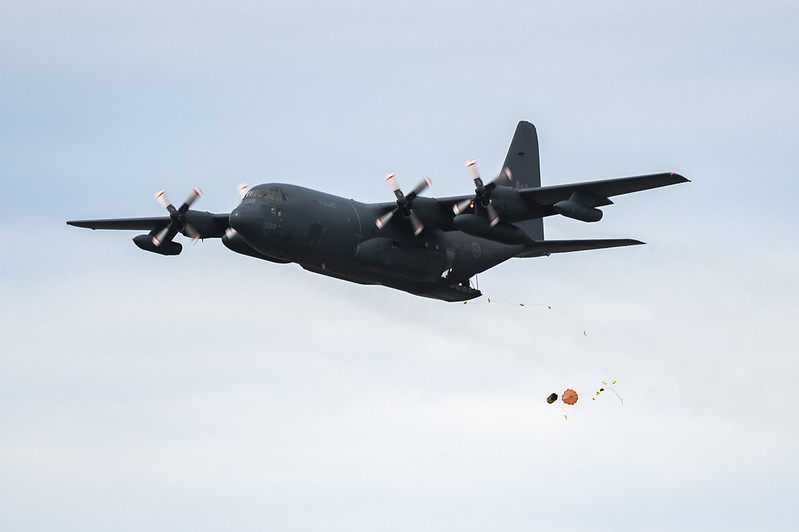In a bold move to boost the efficiency of search and rescue (SAR) operations, the Royal Canadian Air Force (RCAF) has integrated a groundbreaking new system known as the Cellular Airborne Sensors for Search and Rescue (CASSAR). This cutting-edge technology, used in partnership with the Civil Air Search and Rescue Association, is now operational on select RCAF aircraft, including the versatile CC-130H Hercules, a key player in Canada’s SAR fleet. These aircraft are based at 19 Wing Comox, British Columbia, 17 Wing Winnipeg, Manitoba, and 14 Wing Greenwood, Nova Scotia, where they play a critical role in SAR missions across vast and challenging landscapes.
CASSAR provides a significant advancement in SAR capabilities by leveraging the everyday technology most people carry: a cellphone. When an individual is missing or presumed in distress, and provided their phone is on, charged, and not in airplane mode, aircraft equipped with CASSAR can detect and connect to the device. This system pinpoints the person’s location and even facilitates communication via text or voice messaging, allowing rescuers to assess the situation—even in areas without a cell signal.
“Canadian Joint Operations Command has responsibility for all Canadian Armed Forces Search and Rescue operations for an aeronautical and maritime search and rescue area that extends over 18 million square kilometres. With such a vast area, an enabling technology like the CASSAR system augments the existing search and rescue capability, reduces search time, and improves outcomes; a positive addition to search and rescue operations,” commented Lieutenant-General Steve Boivin, Canadian Joint Operations Command.
Already proving its worth in real-world missions, the CASSAR system has been put to the test. In early June 2024, two separate incidents demonstrated its life-saving potential. On June 8, a boat carrying five passengers was reported missing, and just a week later, two hunters in a boat also went overdue. In both cases, a CC-130H Hercules from 14 Wing Greenwood was dispatched. Despite challenging weather conditions, including dense fog, the crews successfully located the missing vessels and communicated with their occupants, all within minutes of coming within range of the CASSAR system.
“The Royal Canadian Air Force is always ready to support the Canadian Armed Forces’ enduring search and rescue requirements in support of federal, provincial/territorial, and municipal organizations, as well as air, ground, and maritime volunteer search and rescue organizations. Together we help those in distress. We are extremely pleased with what CASSAR has to offer to our crews and are equally as pleased to see it in action, as it enhances our crews’ collective search and rescue capabilities – this is a capability that will surely save lives,” expressed Major-General Chris McKenna, 1 Canadian Air Division Commander.
This technology marks a new era in search and rescue operations, enabling quicker response times and more effective rescues. By streamlining the process of locating and communicating with those in distress, CASSAR is set to save valuable time and, ultimately, lives in critical situations.

